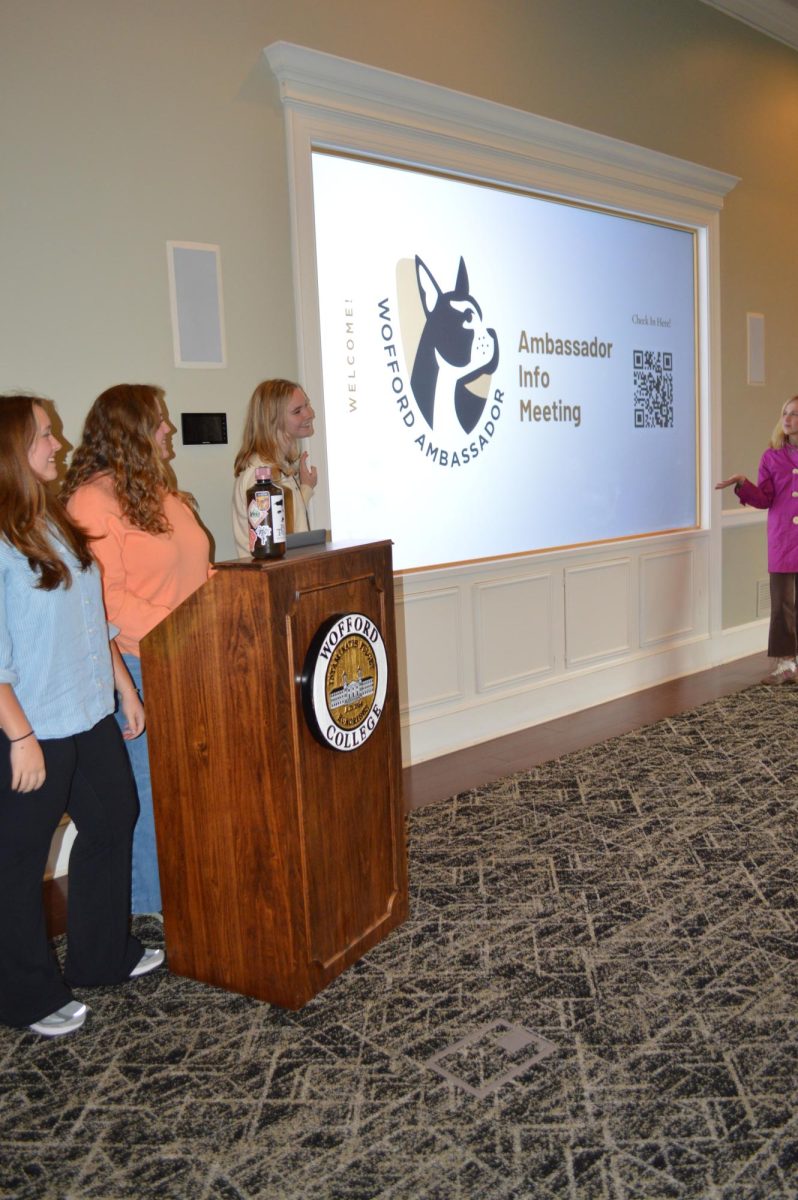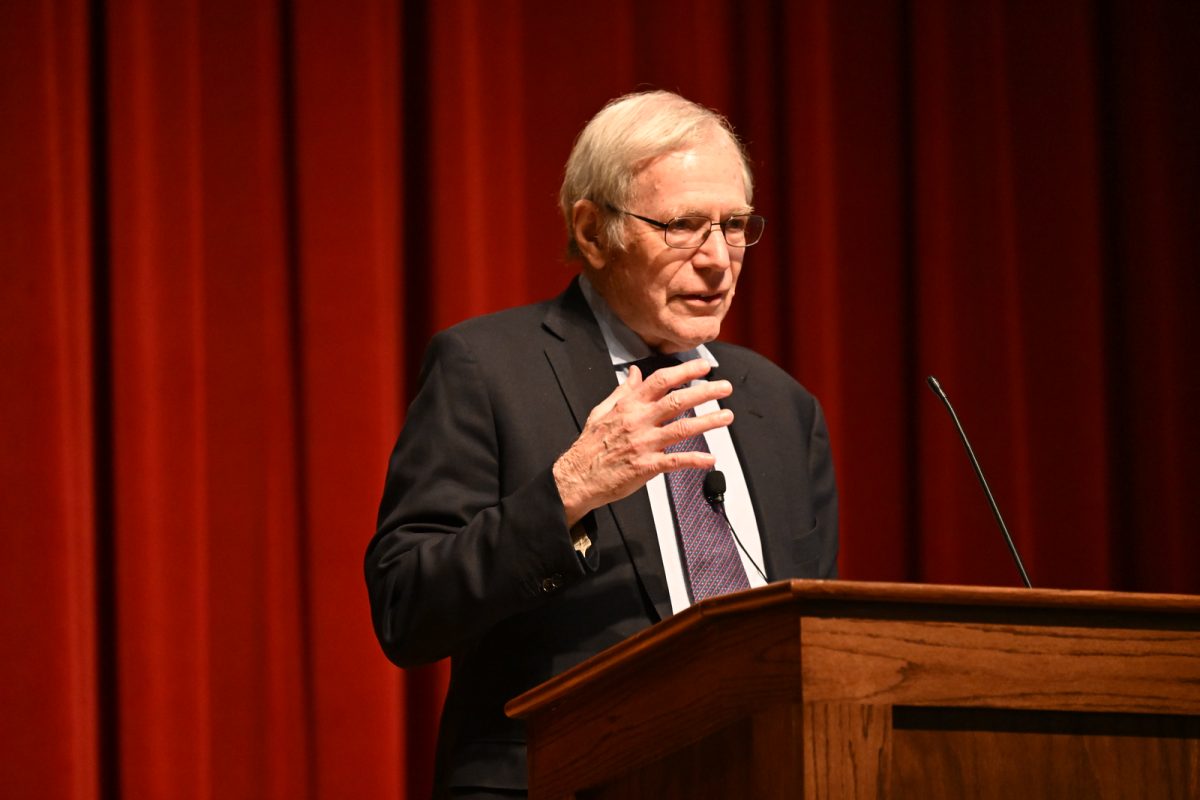By:Lydia Estes, staff writer
Too little, too latté. Coffee is black.
For those unfamiliar with the event that transpired at a Starbucks location in Philadelphia at 18thand Spruce, the bitter notes of the coffee-inspired puns above are in reference to the apparent racial bias that resulted in the handcuffed-escort of two black men on April 12. While challenging to summarize objectively and sufficiently, the recorded 911 call, surveillance video and witness accounts suggest that the men clearly did nothing wrong.
Police have lately been the subject of hate and distrust, so when they escorted the two black men without reading their Miranda rights and made the arrest without asking further questions to gather information aside from what they received via the phone call by the Starbucks employee, it wouldn’t have been a shock to see the anger directed at the police. Racial profiling by the police must stop, the protestors might’ve asserted. The clever digital reimaging of a police officer in uniform merged with the Starbucks’ famous siren figure can easily be imagined by anyone familiar with how quickly protestors work to market their messages.
However, the disgust has been directed towards the employee who made the call on whatever grounds (pun intended) seemed to warrant police intervention. A black, male student at Temple University who is a friend of mine from home explained to me that “18thand Spruce is in the really boujee part of Center City Philly so [he] can see how it happened at this location.”
The neighborhood of this Starbucks, known as Rittenhouse Square, was planned by city (and state) founder William Penn and now is notoriously the preferred residence of white-collar workers with an average income of $115,773. According to the latest census, 0.00 percent of the properties in Rittenhouse Square are owned or rented by black men or women. If your friend or roommate is a government major, ask them what type of segregation this exemplifies (hint: it’s de jure segregation, which happens not by law but by popular decision).
“What happened would’ve never happened at a Starbucks near my apartment,” my friend added. It might be merited to note that he included an “lol” at the end of his text, but did not truly consider it a laughing matter.
Since the issue was caused by the Starbucks employee, the nation has looked to the company to somehow address the internal inadequacies. CEO Kevin Johnson decided to close all company-owned stores for a day in May to conduct employee training on racial profiling. The closing of some 8,000 stores for a few hours could reach an estimated $8 million loss in revenue. For a multi-billion-dollar coffee company, this single loss won’t bring an end to the double-shot soy grande lattes, but it will hopefully encourage all coffee drinkers—and Americans in general—to consider their consumer habits.
In an individualistic, often capitalist-driven culture, Americans expect our biggest brands to exemplify the values which we want to represent our nation. The racial profiling which did happen at 18thand Spruce should not be inevitable; it should not be expected that, at some point, any black person should be arrested when not breaking any rules or infringing on another person’s rights. However, what seems to be inevitable is that a brand as prominent as Starbucks would be the stage on which such a tragedy would unfold. Large brands are constantly under the limelight, so it’s bound to happen that such incidents will be highlighted by the media. Shamefully, the cases which reach national news are unproportioned to the number of times such disgraces occur on a far more frequent basis.
This all-encompassing issue of racial tensions has been brewing for a while. As Americans order our preferred coffee drinks every morning, the issue grows darker—though unlike dark-roast coffee beans, without any warm hints of nuts or chocolate. What does it mean if we keep spending our coffee allowances at the Starbucks just behind campus without giving a second thought to what our purchase stands for?
To conclude, it’s like any drama play when a character enters stage-right to address the audience while the curtains slowly close for the intermission; Johnson has done just that. The company has taken responsibility as a powerful name in the American consumer culture, but the tensions remain high at the close of Act 1. If and only if during Act 2 does Starbucks prove that its employee training was effective and the company recognizes how it must regain the trust of conscious consumers will the double-shot soy grande lattes not be replaced by the 12 oz. cold brews with a shot of vanilla found at your local coffee shop (which happens to source its beans from sustainable coffee farms in Nicaragua).





























